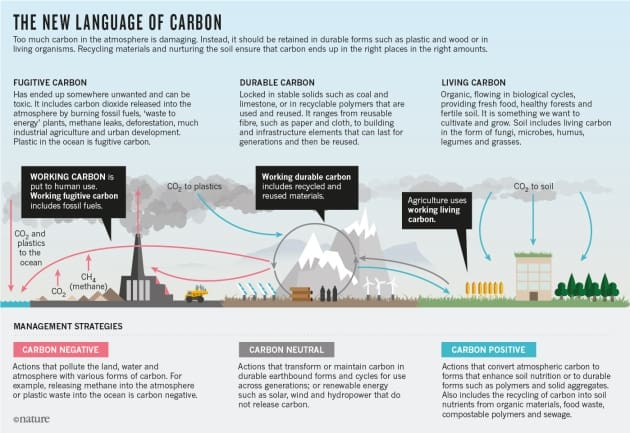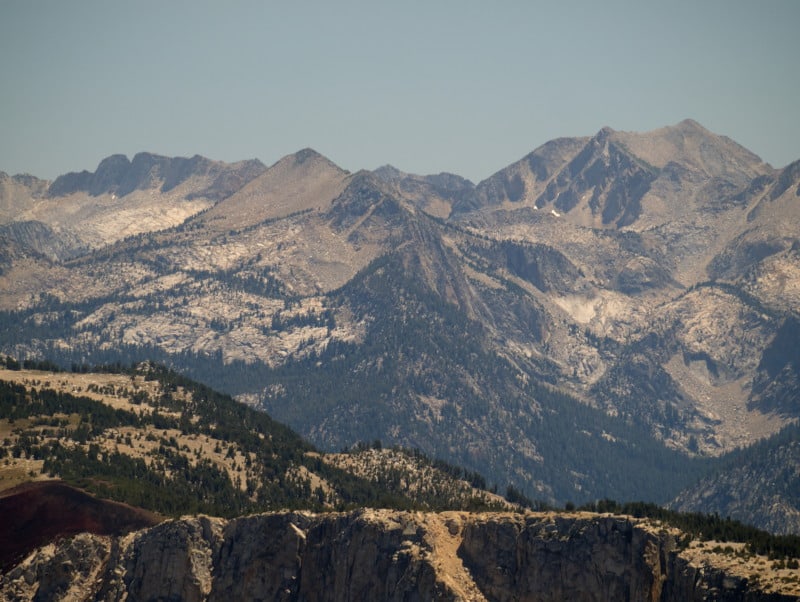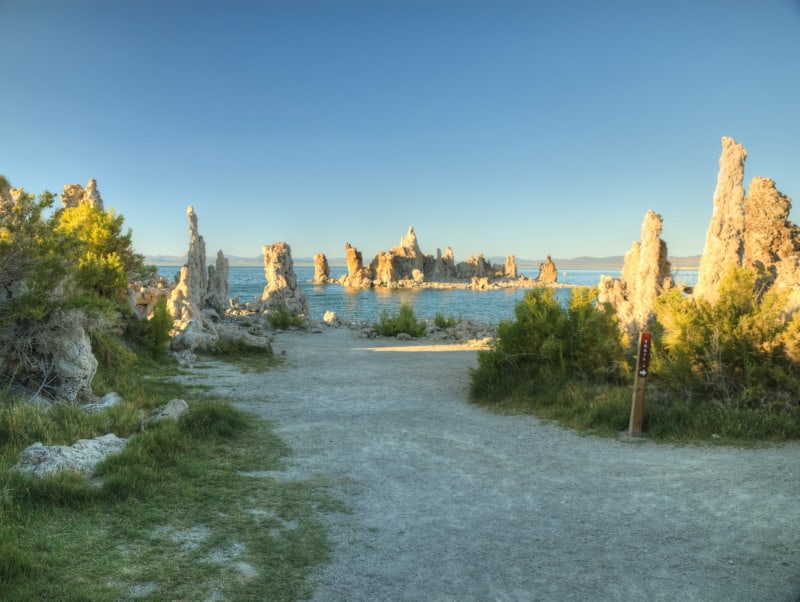The draft revised Sierra, Sequoia and Inyo national forest plans include aggressive restoration programs across the forest, including logging areas of existing old forest structure to protect old forests and associated wildlife species. The Forest Service has asked (unidentified) reviewers to look at the draft forest plans and draft EIS and address these questions in the first science consistency review conducted under the 2012 planning rule (it is an optional process under associated agency policy):
1. Has applicable and available scientific information been considered?
2. Is the scientific information interpreted reasonably and accurately?
3. Are the uncertainties associated with the scientific information acknowledged and documented?
4. Have the relevant management consequences, including risks and uncertainties, been identified and documented?
Here are some of the topics being addressed:
• Vegetation: Forest Resilience, Seral stage distribution, Effects of post-disturbance harvest, and Impacts on native vegetation.
• Fire and Fuels: Fuels management and community protection, Current fuel loading, Current and future wildfire trends, Effectiveness of treatments for fuel reduction.
• Wildlife and Habitat: Impacts to wildlife and their habitats, terrestrial and aquatic, Protection of old forest and associated species, Threatened and endangered species habitat requirements and availability, Species of Conservation Concern habitat requirements and availability.
• Climate Change: Current and projected trends, Effects on wildlife habitats and populations, Effects on carbon sequestration and carrying capacity
Given the debate on this blog surrounding these issues, the results should be interesting. However there is no commitment here to any public release or discussion of the results. The comment period on the draft EIS closes August 25th. The results of this review were scheduled to be available in August. “The technical experts (on the planning team) will review the report, consult and address any concerns from the review team, and incorporate any recommendations that would benefit the final EIS.”
Given the debate on this blog surrounding these issues, the results should be interesting. However there is no commitment here to any public release or discussion of the results. The comment period on the draft EIS closes August 25th. The results of this review where scheduled to be done in August. “The technical experts (on the planning team) will review the report, consult and address any concerns from the review team, and incorporate any recommendations that would benefit the final EIS.”
Here is the revision website.


